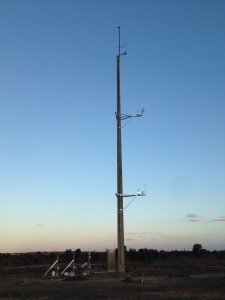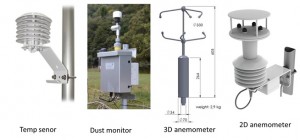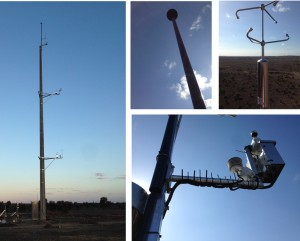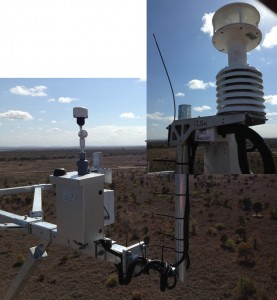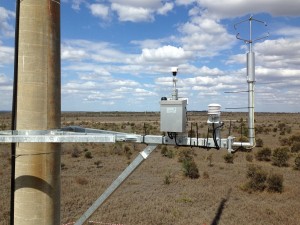The AED Dust Control System has been developed as a practicable and informative real-time dust management tool. It is based on an all-encompassing approach that is designed to provide as much information as possible to operational staff so that an informed decision can be made in relation to dust management.
The AED Dust Control System addresses a number of key regulatory requirements including:
- Integration of site-based real time monitoring into daily operations.
- Forecasting.
- Demonstration of best-practice.
In proactive mode, the AED Dust Control System is designed to forecast the level of risk of elevated levels of dust at key locations which is updated on an hourly basis using detailed site-based information and if required, outputs a targeted dust management strategy.
In reactive mode, the AED Dust Control System is designed to minimise interruptions to operations by assessing the likelihood that elevated levels of dust, as triggered by the real time monitoring network (for example), are attributable to mining activities and if required, outputs a targeted dust management strategy.
The AED Dust Control System is based on a modular design to ensure flexibility and adaptability with additional modules able to be incorporated into the system at any time.
With our highly experienced team of software developers AED is able to custom build a solution that will compliment and extend your sites’ current dust control capability without duplicating existing functionality.
Importantly, when combined with a well-designed dust monitoring program, the AED Dust Control System can be ‘trained’ to improve its accuracy over time!
Developing Innovative and Practicable Solutions for the Mining Industry




